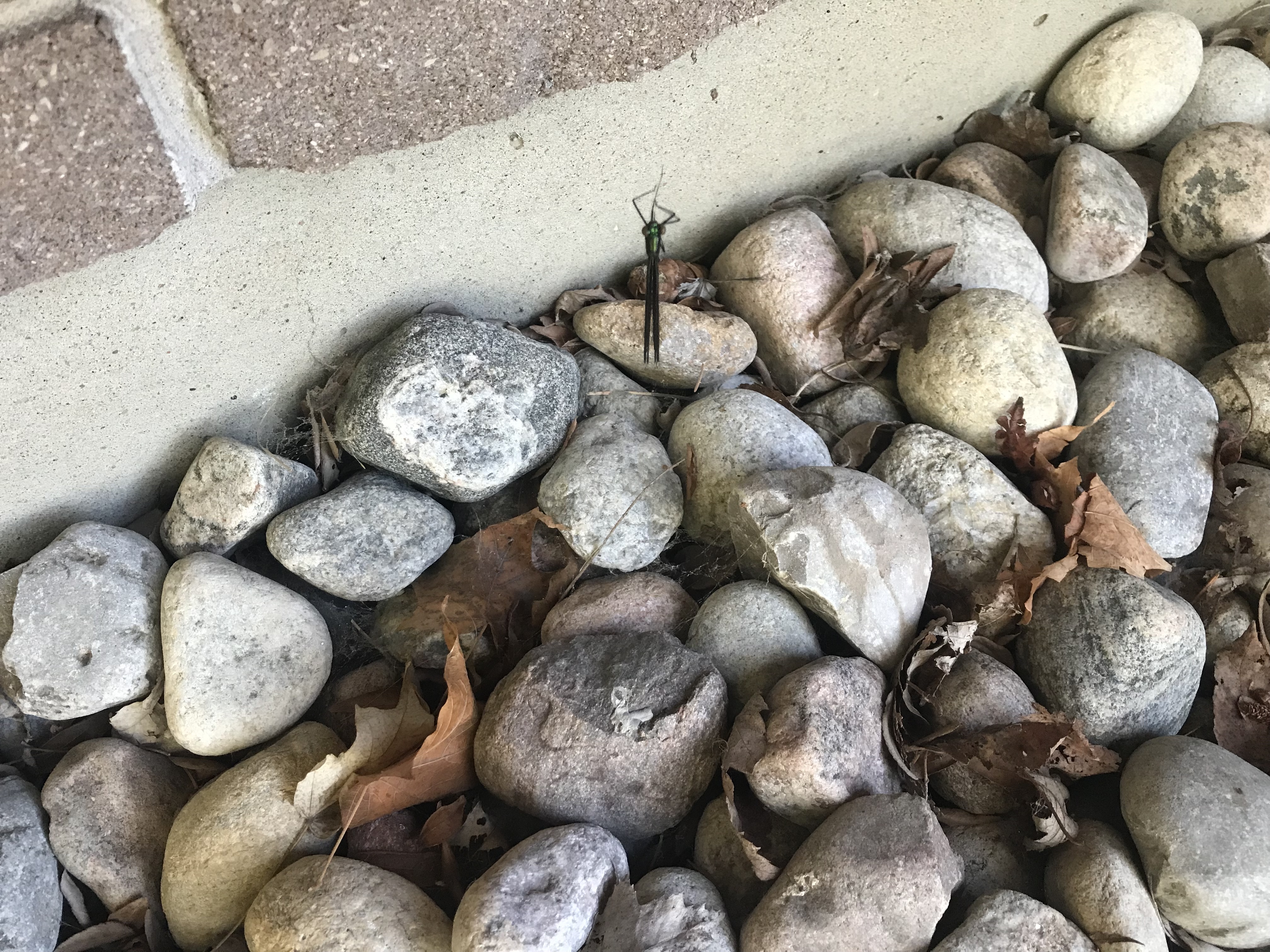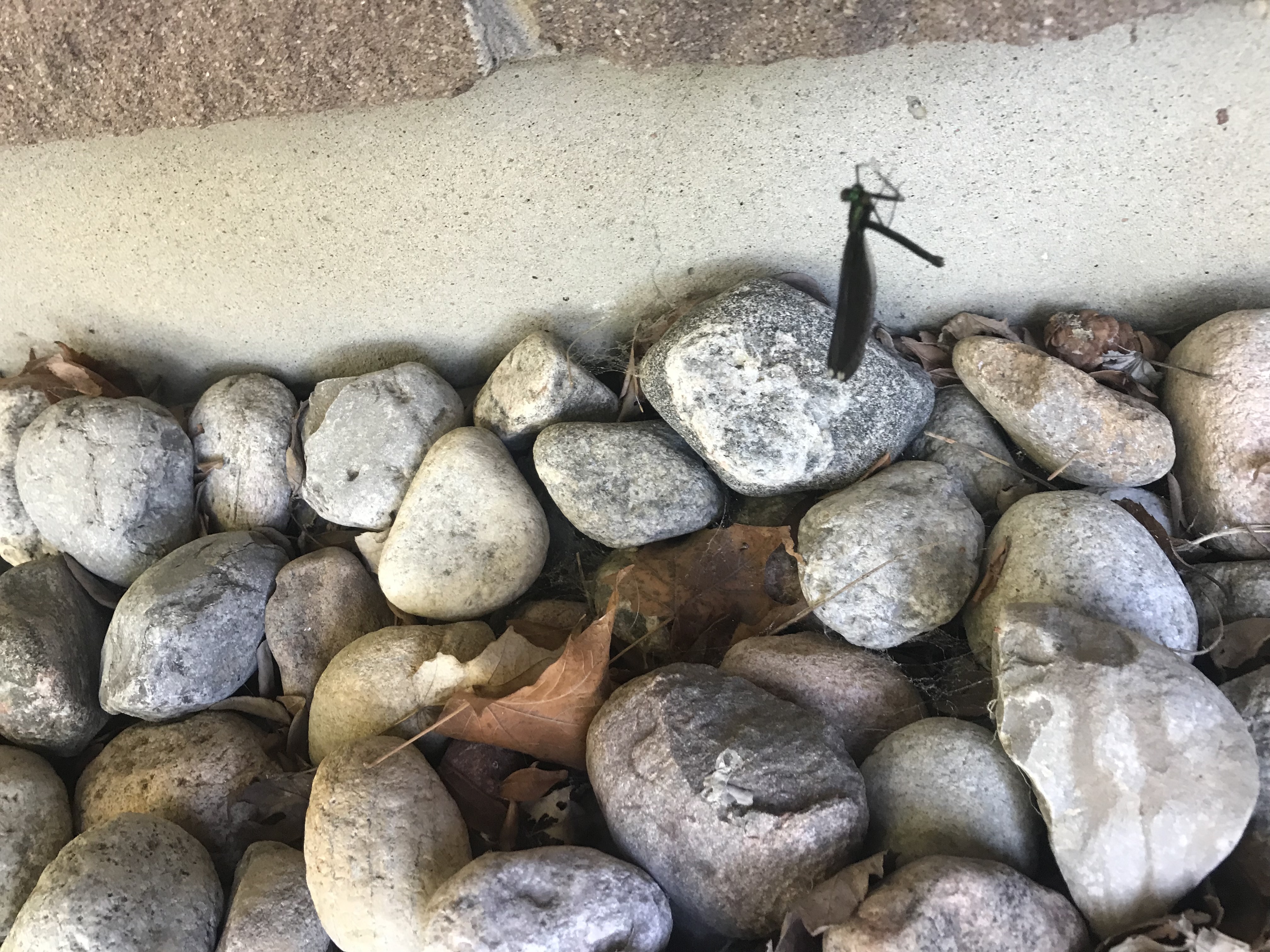this post was submitted on 08 Jul 2024
3 points (100.0% liked)
bugs
387 readers
1 users here now
A casual place for Arthropoda.
Submission Examples:
- Share a cool picture of a bug.
- Ask about cockroaches.
- Tell a story about a scary wasp.
- Solicit amateur identification.
Rules:
- Relate posts to Arthropods.
- Note if an ID is keyed or a guess.
- If bit/stung, get medical help!
founded 2 years ago
MODERATORS
you are viewing a single comment's thread
view the rest of the comments
view the rest of the comments


So there's a neat trick for Odonata to differentiate between Damsels and Dragons. Look at the wings — do they "fan out" or are they "in line" with the abdomen? If they "fan out", and all four wings are roughly the same shape and size, it's a Dragonfly. If the wings are "in line" with the abdomen and the forewings and hindwings have slightly or even dramatically different shapes, it's a Damselfly.
Using this logic, we're looking at a Damselfly here. This can be confirmed by looking at the insect's body, it's very slim, whereas Dragonflies tend to have stouter body segments.
As for a species, at a glance, it looks an awful lot like an Ebony Jewelwing to me, but I'm not going to identify it with those pictures, as pretty (and haunting) as they may be, there isn't enough detail to use a key. But the colors, shape, and wing patternation are decently convincing that this is a female Calopteryx maculata.
Thanks for sharing!